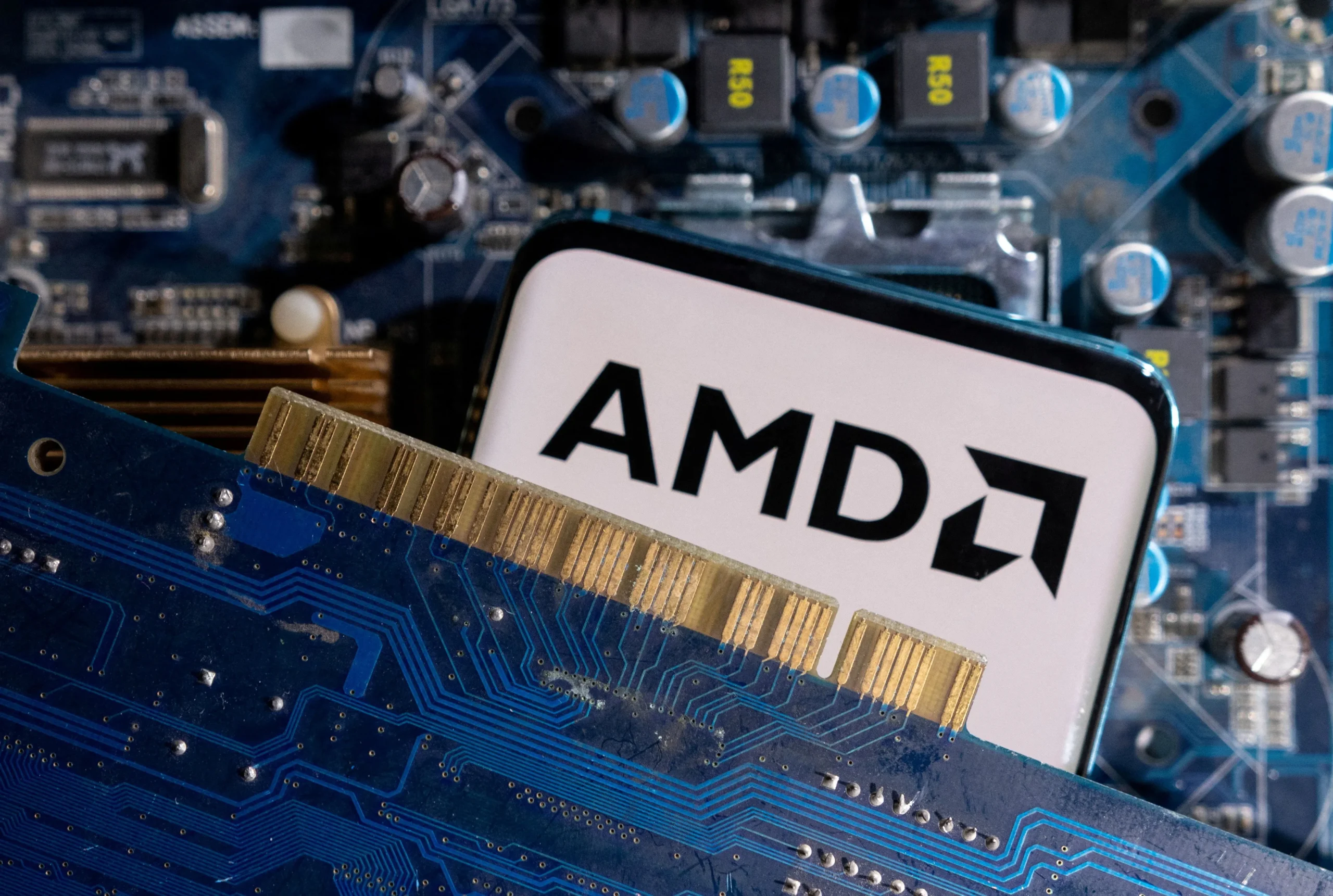AMD Sells ZT Systems’ Server-Manufacturing Business to Sanmina
In a landmark deal that marks a pivotal shift within the technology sector, Advanced Micro Devices (AMD) has agreed to sell ZT Systems’ server-manufacturing business to Sanmina Corporation for an anticipated $3 billion. This agreement, which reflects both companies’ strategic goals for growth and innovation, is being lauded as a significant move in the competitive data center infrastructure space.
An Overview of the Deal
Under the terms of the agreement, AMD will divest its manufacturing arm while retaining the server design capabilities and customer enablement expertise associated with ZT Systems. This means that AMD is streamlining its operations but still aims to maintain control over the critical aspects of server innovation and customer engagement.
Sanmina, known for its advanced manufacturing capabilities, is poised to take over the operational side of ZT Systems, offering the potential for enhanced efficiencies and product offerings in the fast-evolving data center market. The deal is expected to close within the coming months, pending regulatory approvals and customary closing conditions.
Key Players in the Transaction
Founded in 1962, Sanmina is one of the largest manufacturing service providers in the world. With a range of capabilities spanning from electronics manufacturing to cloud infrastructure solutions, Sanmina is well-equipped to leverage the ZT Systems business and grow it within the context of today’s data-driven market.
AMD, headquartered in Santa Clara, California, has rapidly transformed itself in recent years to compete effectively against its primary rival, Intel. The company’s focus on high-performance processors and graphics solutions for personal computers and data centers has generated significant traction. By refocusing its efforts on design and customer engagement, AMD aims to solidify its role as a leading innovator in the tech industry.
The Impact of the Acquisition on AMD
This strategic move allows AMD to sharpen its focus on core areas that drive competitive advantage. By divesting the manufacturing segment, AMD can channel resources toward research and development, particularly in areas such as:
- High-performance data center processors
- Artificial intelligence (AI) and machine learning capabilities
- Next-generation cloud services
Additionally, retaining the expertise in server design and customer enablement ensures that AMD remains closely tied to the evolving needs of its enterprise customers, potentially positioning the company for heightened future growth.
Sanmina’s Role in the Data Center Market
Sanmina’s experience in global supply chain management and operational efficiency makes it an ideal buyer for ZT Systems’ server-manufacturing business. The company’s ability to scale production while maintaining high-quality standards will be instrumental in fulfilling the increasing demand for data center solutions.
One of the significant benefits of this acquisition is Sanmina’s established global footprint, which can improve logistics, lower costs, and enhance distribution channels, making ZT Systems’ products more competitive in the marketplace.
Market Reactions and Future Outlook
The announcement has been positively received by industry analysts and investors alike. Many view this transaction as a validation of AMD’s strategic direction and its commitment to sharpening its focus on design and customer engagement, which are crucial in today’s technology landscape.
According to a report by Forrester Research, the global market for data center infrastructure is projected to grow substantially, driven by the increasing requirements for data processing and storage capacity across various sectors, including healthcare, finance, and retail.
This deal is also seen as a response to the heightened competition from other tech giants, including Nvidia and Intel, who have been quickly expanding their presence in the data center market with products ramped up for advanced workloads.
Challenges Ahead
Despite the positive outlook surrounding this acquisition, challenges inevitably lie ahead for both AMD and Sanmina. The integration of ZT Systems’ operations into Sanmina’s existing infrastructure needs to be executed flawlessly to avoid disruptions. Additionally, navigating the complexities of retaining the critical design capabilities while transitioning manufacturing operations to Sanmina will require adept management.
One significant area of focus will be on ensuring that customer relationships and contracts are seamlessly transitioned to maintain service continuity. Both companies must work closely to reassure clients that their needs will be met without interruption.
The Road Ahead for AMD and Sanmina
As AMD embarks on this transformative journey, its decision to retain the design and customer specialization capabilities from ZT Systems is indicative of its long-term vision. The company has built a reputation for delivering high-performance solutions and is likely set to continue pioneering innovations in the data center space.
On the other hand, Sanmina’s ability to enhance manufacturing quality and output will play a crucial role in its capacity to capitalize on this acquisition. The operational efficiencies that Sanmina brings could result in faster time-to-market for new products, giving both ZT Systems and Sanmina a competitive edge.
Conclusion
The sale of ZT Systems’ server-manufacturing business to Sanmina for $3 billion exemplifies a significant shift in the landscape of the data center infrastructure market. AMD’s focus on retaining its core competencies while divesting manufacturing operations can potentially yield dividends in terms of innovation and market presence. Meanwhile, Sanmina’s expertise in manufacturing can amplify ZT Systems’ offerings and position the company as a formidable player in a rapidly growing sector.
This deal not only reflects the dynamic nature of the tech industry but also sets the stage for future competition and collaboration as companies strive to meet the ever-increasing demands for advanced data processing and storage solutions. As both firms embark on this new chapter, stakeholders will be closely watching how effectively they navigate the resulting changes and exploit emerging opportunities.







